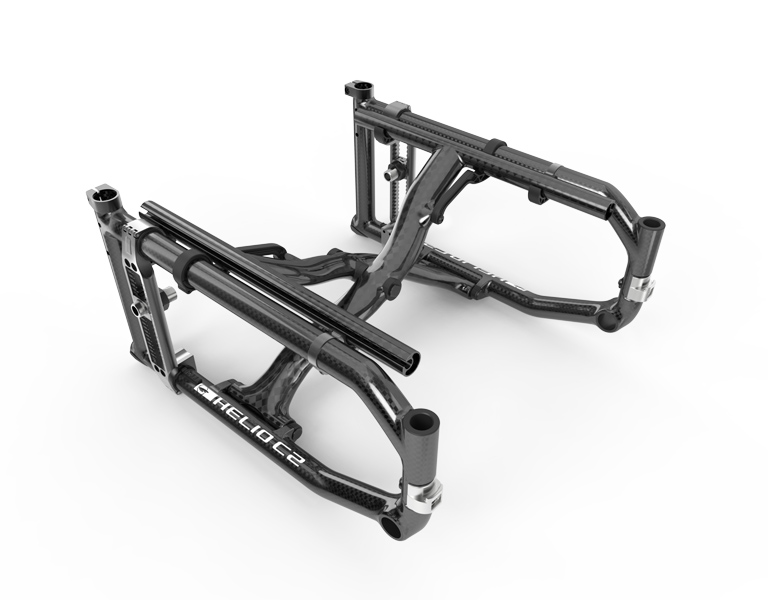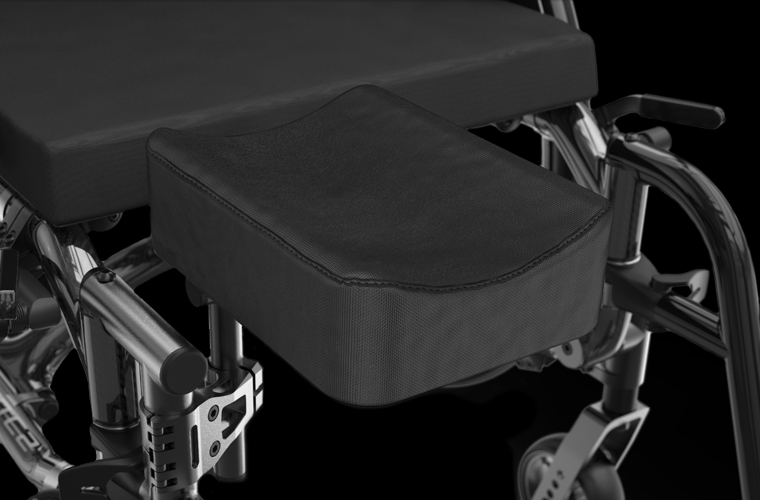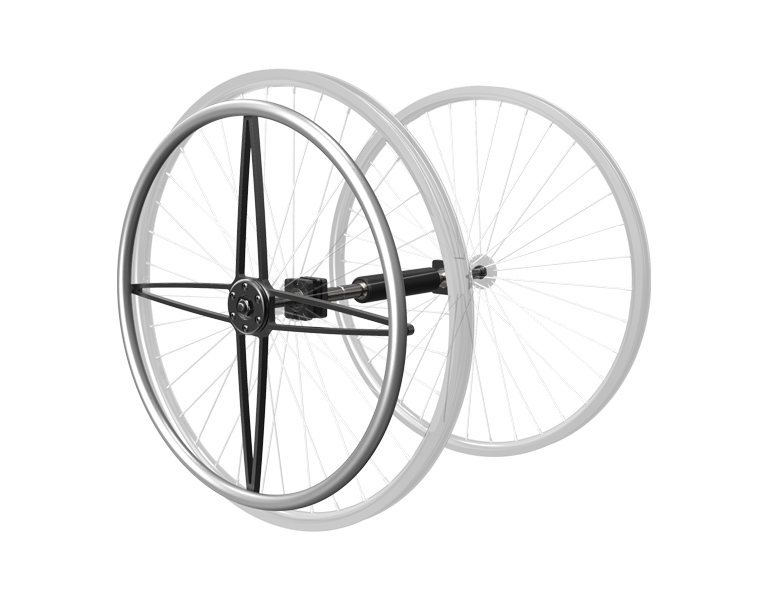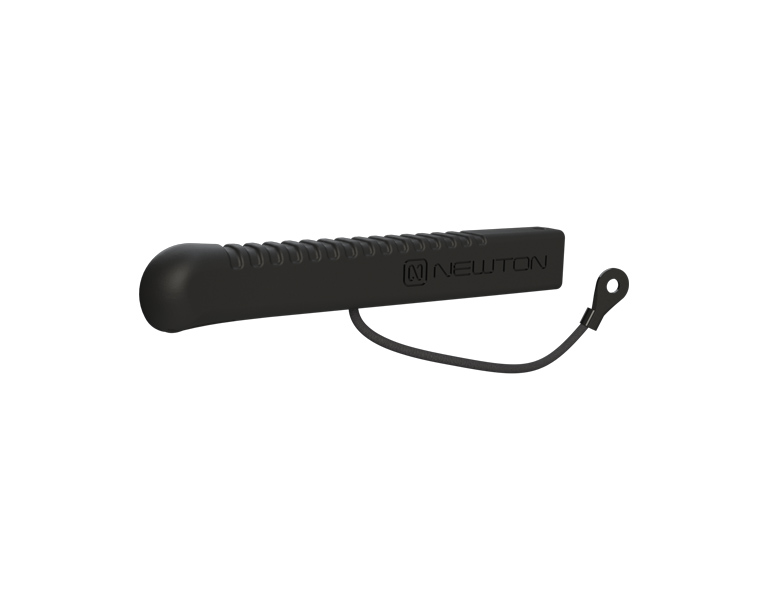Limb Loss Awareness Month: A complete guide of wheelchair and accessories
April is Limb Loss Awareness Month! Let’s start out by learning a few key facts and figures.
April is Limb Loss Awareness Month! Let’s start out by learning a few key facts and figures.
Amputation of a limb can be caused by several medical conditions.
In 2017, 57.7 million people worldwide were living with limb amputation due to traumatic causes.2 It is predicted in the United States alone, the number of people living with amputation will be 3.6 million by the year 2050, an increase from 1.6 million in 2005.1 With the majority of those being vascular in nature, the medical community has been bringing awareness to reduction of vascular diseases, such as Diabetes Mellitus, in hopes of reducing this number. However, it is also known that those with Diabetes Mellitus who already have a lower limb amputation have a 55% chance of requiring an amputation of their intact limb within 2-3 years.3
With lower limb amputation comes many decisions on medical devices, including prosthetics and wheelchairs. Many who undergo amputation have successful journeys with prosthetics and maintain independence with ambulation. However, others struggle initially with gait training or are not able to wear their prosthesis full time. Now add in that last fact about 55% of persons with Diabetes Mellitus needing their other limb amputated within 2-3 years – that is an entirely different and extremely difficult situation! Studies have shown that energy expenditure (or oxygen consumption) with ambulation increases significantly for lower extremity amputees. A single below knee amputee increases their energy expenditure anywhere from 9-20%. A single above knee amputee increases from 45-70%, and a bilateral above the knee amputee requires 300% more energy expenditure than non-amputees.4 This can lead to the parttime or fulltime need of an ultralight weight wheelchair for independence or more energy efficient mobility.
Whether you are a person living with limb loss, a family member, or working with this community, there are several ultralightweight manual wheelchair details and accessories that may be beneficial to know!
Frame design and materials can both have a significant impact on wheelchair weight and performance. In short, the RESNA position paper on the Application of Ultralightweight Manual Wheelchairs says it best. It states, “…fully customizable manual wheelchairs that are as light as possible, …are the only acceptable option for individuals who rely on manual wheelchairs for independent manual mobility.”
Manual wheelchairs made of high-end materials such as carbon fiber and titanium have characteristics which can also have a significant impact on the amputee population as well. Vibration damping is a characteristic where the material absorbs some of the forces occurring on the object. In the wheelchair world, the wheelchair frame would absorb “road noise” and reduce what you feel as the user. Why is this important to the amputee population specifically? Phantom and residual limb pain. Phantom pain is a real sensation coming from your spinal cord and brain, creating pain in the amputated limb. Residual limb pain is pain at the site of the amputation that can be caused by the cut nerve endings. Hypersensitivity can occur at the site as well, irritated by touch or vibration. In addition, creating a smooth ride in a manual wheelchair and decreasing the amount of road vibration you feel can help tremendously in the healing process.

Carbon fiber wheelchair frame - HELIO C2
This is an additional accessory to your wheelchair to support your residual limb. Many manufacturers offer these and have them available on their order form, or you can choose it as an aftermarket product to be installed after delivery. There are a variety of residual limb supports out there to choose from. Many are fully adjustable to match your clinical and functional needs. The residual limb support can also have a flat or contoured surface to help with keeping the limb in place. Always check with the manufacturer to ensure the residual limb support you choose can properly interface with your wheelchair.

Pro tip – add it to your order form along with a pair of leg rests. This allows you to have the option to switch to a standard leg rest if you are wearing a prosthetic and want the foot support.
This is a great accessory for single upper extremity propellers, both adults and pediatrics. In the case of single upper extremity amputation, the one arm drive allows for both straight propulsion and turning to be controlled by one wheel. Two handrims are placed on the dominant side while a mechanism is installed under the wheelchair to allow for a second handrim to control the non-dominant side’s wheel. Make sure you look up different manufacturer models and potentially trial a couple of options to see what works best for you!

Another suitable accessory for single upper extremity amputation is the wheel lock extension handle. It is an easy to add, low-cost option to allow you to reach and lock both sides of the wheelchair with the dominant upper extremity.

If a wheel lock extension handle is not an option, a unilateral wheel lock may be the way to go! This accessory allows you to lock both wheels using one lock. It can be mounted on either side, depending on your hand dominance. The double cable mechanism is designed to be easily folded up while the wheelchair is in transport but can also be mounted on a rigid frame. Some manufacturers have these as options on their order forms, but they can always be added on to your wheelchair as an aftermarket purchase from another manufacturer. Always triple check that the accessory will fit on your wheelchair model.
Although the name may imply that anyone needing a wheelchair due to an amputation needs this axle plate, therapists and seating specialists may disagree. This axle plate is made to offset the rear wheels to an even more rearward position than traditional axle plates will allow. In theory, it accommodates the loss of weight of a leg in the front of the wheelchair and thus moves the entire center of gravity backward, creating a more stable wheelchair. However, the seating community would argue the risks for such a rearward placement of the wheels outweigh the benefits of this axle plate. Even with a hemipelvectomy, placing the rear wheels so far behind you will cause shoulder injuries, make the wheelchair feel “heavier,” and produce less efficient propulsion. It is best practice to have the rear wheels placed as far forward without compromising your safety, meaning finding the perfect center of gravity where the wheelchair feels effortless to push, but not feel too tippy. The adjustable amputee axle plate may have a unique niche in the bilateral hemipelvectomy community, but you may still want to trial a standard axle plate just to make sure before committing to such a rearward center of gravity.
As always, these are only considerations and certainly are not all required by every individual. Custom manual wheelchair configuration should be as unique as a prosthetic. Every individual will have their own set of priorities that should be carefully considered when prescribing a wheelchair. We hope this blog will help end users, seating therapists, and providers learn a bit more about how each detail of the manual wheelchair can have a significant impact and improve your next seating prescription.
Amputee Coalition - Limb Loss Awareness Month
